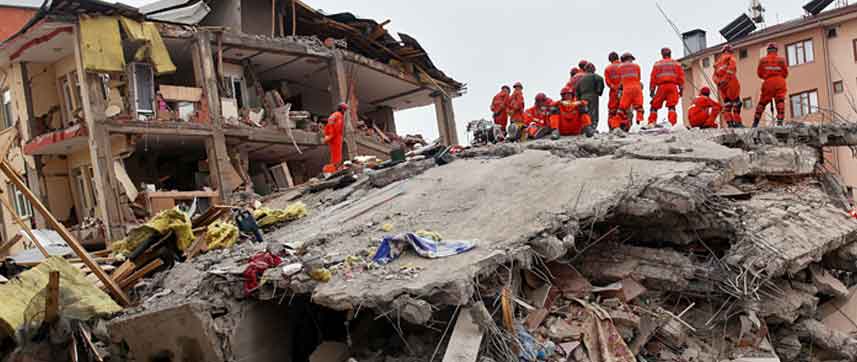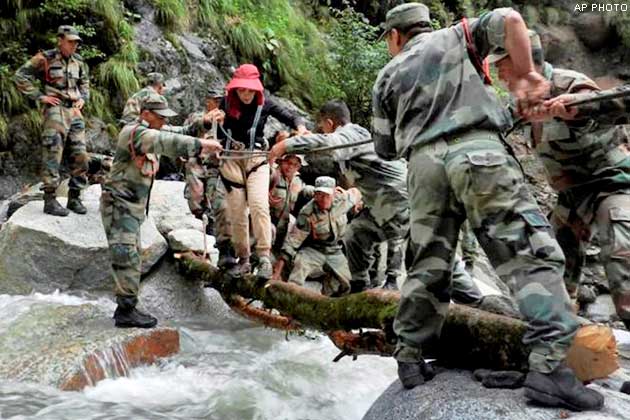
Importance of Disaster Management today
India Education
Fire, rain, wind, and earth are four elements of nature that can be either extremely helpful or catastrophic. When you play with these elements more than you should, it causes havoc which sometimes cannot be redeemed. With a lot of changes in climatic and weather conditions lately due to overuse of our natural resources, has caused a string of events all over the world that has left everybody with little or no time to make amends. This can be witnessed with the recent disasters that have plagued the world.

In 2019 alone there heat waves across Europe, cyclone Fani along the Indian coast, along with wildfires in California. Since June, the monsoon season began in India and surrounding countries, and let’s just say monsoon this year decided not to take a ‘rain-check’. With a heavy rainfall this year, India’s disaster management units and infrastructure was put to test. While some of us survived it with minimal damage, there were some parts of the country that were not so lucky. Disaster Management teams were maxed out in helping people out in the rain-hit areas in these parts of India.
Also read: Disaster Management Courses and Colleges
The latest tragedy to hit India was that of the 2019 Indian floods. The floods have affected nearly nine states..killing over 200, and displacing nearly a million. People were evacuated from the surrounding regions and help is underway for anyone still stuck in those areas.
This brings us to the concept of disaster management. To understand this concept, one needs to understand what a disaster entails. A disaster is an event that causes profound damage to life and property. Disasters are also classified into different categories according to their origin, nature of disaster (natural or man-made), and their severity. The categories are,
Water and Climate
Geological
Biological
Nuclear and Industrial
Accidental
To prevent these disasters from causing a major impact, to the best of human ability, certain precautions are taken and this process is called as Disaster Management. There are a lot of factors that are relevant to disaster management like weak infrastructure, poor planning of land use, inadequate laws and laidback perspective of people. That boils down to the difference between a hazard and a disaster. A hazard is an event that cannot be controlled or monitored by humans whereas a disaster is an event that is caused as a consequence of a hazard by lack of planning and other factors.
Also read: Disaster Management related career scope
In India, to prevent and mitigate the impact of a natural or manmade disaster, two institutes were setup – National Institute of Disaster Management (NIDM) and National Disaster Management Authority (NDMA).

The National Disaster Management Act of 2005 outlines certain measures that need to be taken, that require planning, coordination, and implementation.
Prevention of threat of a disaster
Mitigation of the risk attached to disaster and its severity/consequences.
Building our capacity to carry out the above two
Preparedness to handle a disaster of any magnitude
Prompt or quick response to such a situation
Assessment of the severity, magnitude or effect of a disaster
Evacuation and relief operations
Rehabilitation and reconstruction of the disaster-hit area
Related Links
- Distance & Full-time MBA: Differences
- Wacky CAT Interview Questions
- 5 Biggest Mistakes Made By MBA Students
- 5 Interesting MBA Specialisations
- Online MBA: Myths & Facts
- 5 challenges of Executive MBA
- Managerial Skills
- Important Pre-Graduation Tips
- 6 non-business lessons that an MBA teaches you
- 6 Types of Entrepreneurs: Which One are You?
Latest News
People Reading Now

CBSE Compartment Result 2023 OUT: Click For Direct Link



CSAB 2023: Special Round Registration Begins Today

